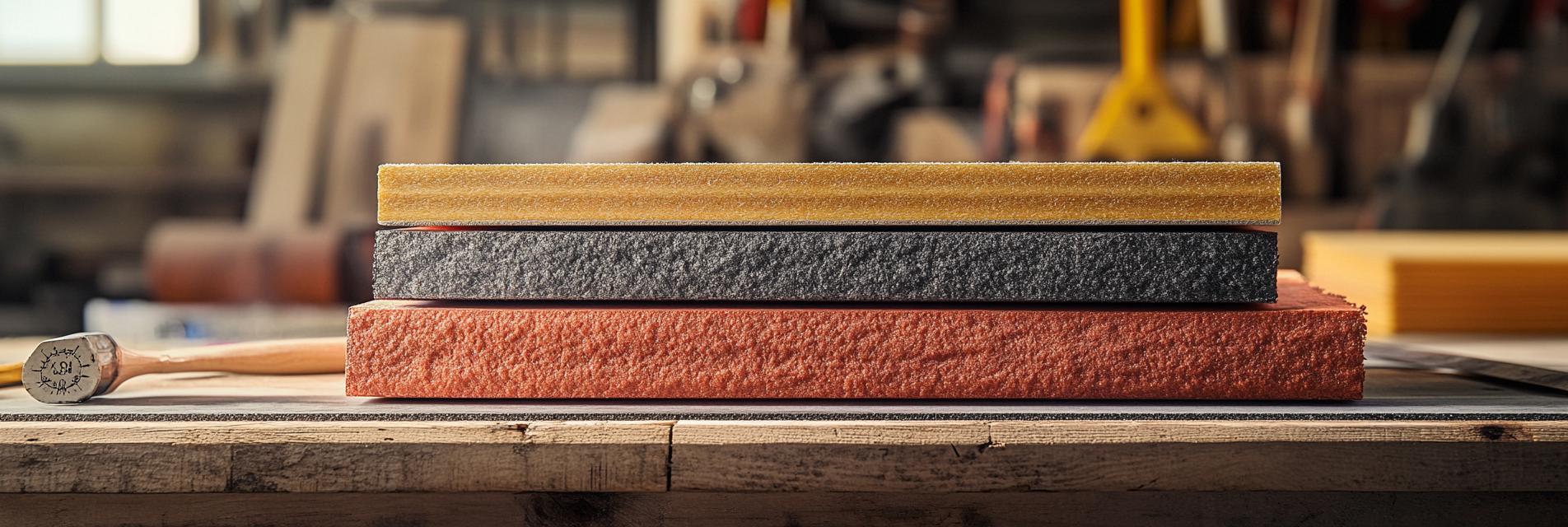In the realm of industrial operations, the efficiency and longevity of furnaces are paramount. One key component that significantly influences these parameters is the furnace lining. This article delves into the advantages of utilizing durable furnace linings, particularly those made from advanced refractory materials.

Durable furnace linings play a vital role in enhancing operational efficiency. High-quality refractory materials are designed to withstand extreme temperatures and corrosive environments, enabling furnaces to operate at optimal conditions. This not only improves the energy efficiency of the furnace but also minimizes downtime caused by frequent repairs or replacements.
One of the most significant benefits of using durable furnace linings is the extension of the furnace's lifespan. By implementing advanced materials that resist wear and thermal shock, companies can reduce the frequency of refurbishment, thereby lowering overall operational costs. The longevity of the furnace also means more consistent production rates and less interruption in service.
Investing in durable furnace linings translates to reduced maintenance costs. With fewer breakdowns and less need for replacements, companies can allocate their resources more efficiently. This leads to an increase in profit margins, as the operational efficiency of the furnace improves.

In conclusion, durable furnace linings are essential in modern industrial applications. By enhancing efficiency, extending lifespan, and reducing maintenance costs, they provide a substantial competitive advantage. For businesses looking to optimize their furnace operations, investing in quality refractory materials is a step towards sustainable growth.
